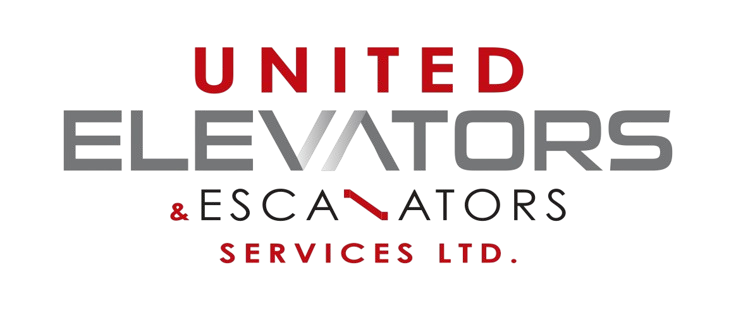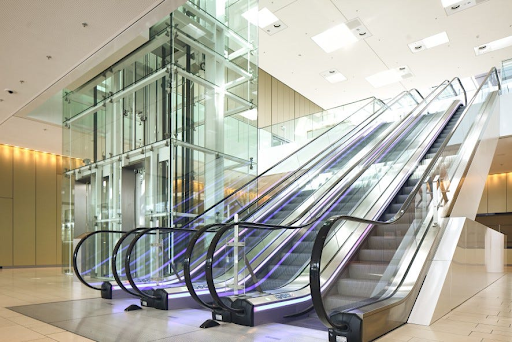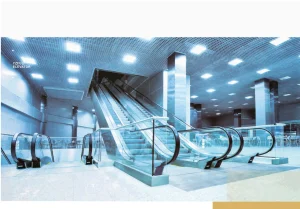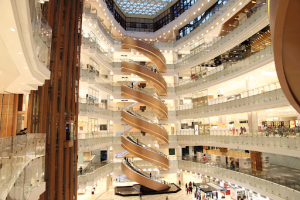Choosing the right elevators and escalators for your building is a critical decision that affects the safety, functionality, and aesthetics of your space. Whether you’re developing a new building or upgrading an existing one, these vertical transportation systems play a significant role in enhancing convenience for users while adding value to your property. Below are some of the top considerations to keep in mind when selecting elevators and escalators for your project.
1. Building Type and Traffic Flow
The type of building—whether it’s a residential complex, office tower, shopping mall, or hospital—will largely dictate the kind of elevator or escalator you need. For instance, a hospital requires large, fast elevators with sufficient capacity for stretchers and medical equipment, while a shopping mall might need multiple escalators and elevators designed to handle large foot traffic efficiently. It’s essential to assess the anticipated volume of users and their movement patterns within the building to select the most appropriate solution.
In high-traffic buildings, consider high-speed elevators or multiple units to prevent congestion. Similarly, in environments like malls or airports, escalators can help direct and control pedestrian flow across multiple floors.
2. Capacity and Speed
Another important consideration is the capacity and speed of the elevators or escalators. Elevators come in various capacities, typically ranging from 1,000 to 5,000 pounds, and can accommodate anywhere from a few people to large groups or freight. Ensuring the right capacity prevents overloading, enhances safety, and improves the user experience.
The speed of the elevator is equally crucial, especially in high-rise buildings. Slower elevators can lead to long wait times and user dissatisfaction, while faster elevators may be necessary to efficiently serve higher floors. Modern elevators are designed to offer speeds up to 500-1,000 feet per minute in skyscrapers, minimizing the time users spend in transit.
3. Energy Efficiency
Energy consumption is an increasingly important factor, especially in large buildings where elevators and escalators are used constantly. Investing in energy-efficient models not only reduces operational costs but also helps achieve sustainability goals. Look for elevators with energy-saving features such as regenerative drives that capture energy during braking and feed it back into the building’s electrical system. Similarly, escalators with automatic standby modes that slow down or stop when not in use can greatly reduce energy consumption.
4. Safety Features
Safety is a non-negotiable factor when choosing elevators and escalators. Modern systems come equipped with advanced safety features such as emergency brakes, automatic fire detection systems, backup power supplies, and overload sensors. Escalators often feature safety mechanisms like anti-slip steps, handrail motion detectors, and emergency stop buttons.
In regions with specific safety regulations, it’s crucial to ensure that your selected equipment complies with all relevant codes and standards. Investing in equipment from trusted manufacturers with proven safety records can reduce liability and provide peace of mind.
5. Aesthetic Design and Customization
Elevators and escalators are not just functional tools; they also contribute to the overall aesthetics of your building. Sleek, modern designs can elevate the look and feel of a lobby or common area. Customization options, including materials for elevator cabs, lighting, and control panels, allow you to tailor the design to match the architectural theme of the building.
For luxury buildings, elevators can be a statement piece, with options like glass cabs, designer interiors, or panoramic views. Escalators, too, can enhance aesthetics with different finishes, lighting, and structural designs.
6. Installation and Maintenance Costs
While upfront costs are a key consideration, it’s important to also factor in long-term costs associated with installation, maintenance, and eventual modernization. Some elevator systems may have higher initial costs but offer lower maintenance and energy expenses over time. Understanding the total cost of ownership can help you make an informed decision that balances both budget and quality.
Regular maintenance is essential for keeping elevators and escalators safe and functional. Be sure to select models from manufacturers or service providers with strong reputations for offering reliable maintenance packages, including 24/7 support and quick response times.
7. Compliance with Accessibility Standards
Modern elevators and escalators must meet accessibility requirements to ensure that they are usable by all individuals, including those with disabilities. Make sure the systems you choose comply with ADA (Americans with Disabilities Act) standards or local accessibility regulations. Features like braille buttons, audio announcements, and ample space for wheelchair users are key considerations.
Conclusion
Selecting the right elevators and escalators for your building involves careful planning and consideration of factors such as traffic flow, capacity, energy efficiency, safety, and design. By focusing on both functional and aesthetic aspects, you can ensure that your building’s vertical transportation systems are not only efficient and safe but also enhance the overall user experience. Additionally, investing in high-quality, energy-efficient, and well-maintained systems will save on costs and help meet sustainability goals in the long run.




